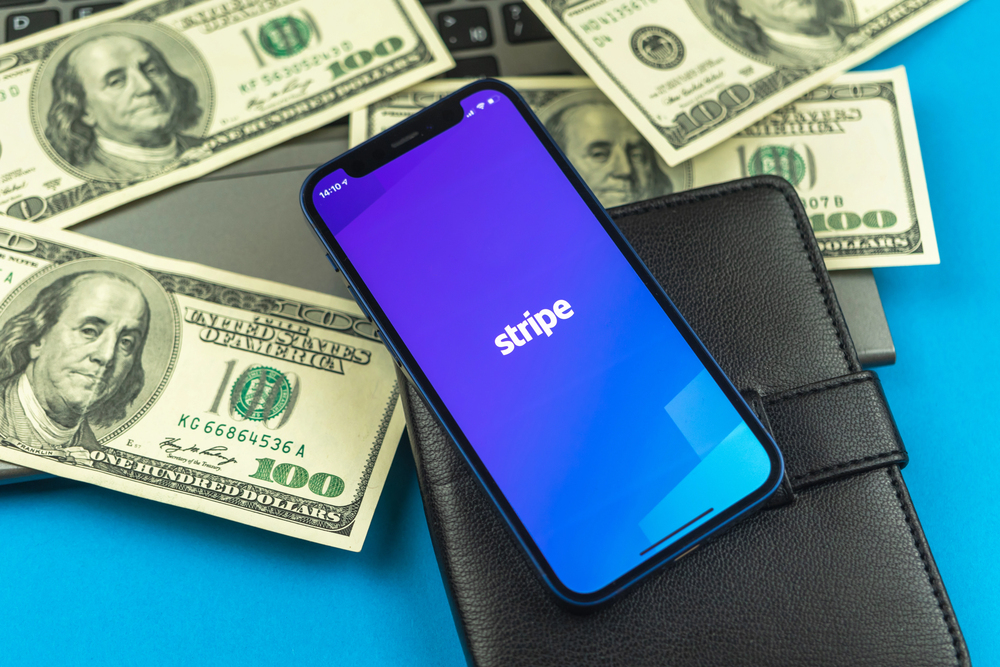
What Is a Payment Ecosystem? Explained
Jan 11, 2023 3 minute Read
Every merchant wants to know how to get paid properly, and yet this is one of the least understood areas of business. Payment processing is an ecosystem.
This means there is a complex and intricate set of processes that need to work together in order for your customers to pay you.
Whether you’re an individual looking to accept payments at your website, or you’re a small business owner looking to find the right payment gateway for your growing business, it’s important to know what options are available so that you can have a smooth payment experience and remain in compliance with the latest security standards.
The Payment Processing Ecosystem
It’s important to understand that the payment processing ecosystem is not a single network of parties, technologies and processes. Instead, it’s essentially a cycle.
That means whether you’re looking at global payment processing or at the local level, each ecosystem is unique and consists of different networks of issuers, acquirers, and networks.
While we can’t go into every payment processing ecosystem in this guide, we’ll cover some key concepts that are universal across all ecosystems so you can get a sense for how they work.
Recently, we saw that Apple is building an in-house payment processor and it got us thinking about ecosystems. Is it really a good idea to be tied into one manufacturer’s ecosystem? Apple is trying to simply things even further than what Stripe and PayPal have already done.
So, we’re outlining the payment processing ecosystem to give you better insight into how it works from end to end.
Credit Card Networks and Card Schemes
You’ve probably heard of the biggest card schemes: Visa, Mastercard, American Express and Discover. These schemes are some of the most important players in the payment processing ecosystem — but what exactly is a card scheme?
A card scheme is simply a network that connects credit cards to payers, merchants, and issuing banks. In other words, it’s a set of rules and protocols for how cards are processed. Card schemes also regulate other aspects of the payment process, such as setting interchange rates (a fee paid by the merchant’s bank to the payer’s bank) and standardizing fraud protections.
There are many different credit card schemes worldwide. In addition to Visa, Mastercard, American Express and Discover, there are also local or regional schemes like China UnionPay and JCB (Japan Credit Bureau).
Issuing Banks
Every time someone uses a credit or debit card to make a purchase, that payment transaction must be approved by the issuer (or issuing bank), which is the bank or financial institution that gave the card.
There are thousands of issuers in the United States alone. Some of the most common are Chase, Bank of America, and Citibank.
The card issuer will approve transactions up to your available credit limit when using a credit card, or up to your available account balance when using a debit card, and then sends the transaction for further transaction processing.
The card provided by the issuer uses a particular card network like Visa or MasterCard. That means the cardholder can only use their card with merchants who accept payments from that card network.
Payment Gateway and POS
The payment gateway is often confused with the processor. However, it is its own distinct entity. We can thank companies like Stripe for this confusion.
Simply put, a payment gateway is a technology platform that connects merchants with credit card processors, giving shoppers the ability to pay for products and services on e-commerce websites and mobile apps.
The gateway usually offers various payment methods for customers to use, like digital payments, ACH, debit card, credit card, and now even cryptocurrency.
A payment gateway provides a layer of security that helps to protect transaction data as it moves from an e-commerce storefront to the backend processing platform (processor). Though some gateways are standalone entities, many are integrated into a payment processing service as part of a proprietary payments system (e.g., Authorize.net vs AuthorizeCim).
A POS, point-of-sale device, or virtual terminal is an electronic machine that enables merchants to accept payments in physical stores. It’s a physical payment gateway. The POS system consists of hardware (a computer or tablet) and software (a program or app) used to track sales and inventory, manage employees, create customer profiles and more.
Payment Service Provider (Payment Processor)
This is the organization that provides merchants with the technology or infrastructure needed to authorize and process credit card payments. The payment processor handles all of the heavy lifting in terms of interacting with card associations, issuing banks and merchant banks. Most processors make their money by charging per-transaction fees, monthly statement fees and/or annual PCI compliance fees.
A payment service provider (PSP) is an entity that provides payment processing services. PSPs are used by e-commerce merchants, merchants with brick-and-mortar operations, and other business types to enable a wide range of payment processing options.
Some of the most popular forms of payment that PSPs process for merchants include credit cards, debit cards, electronic checks, contactless payments, mobile payments, web payments, and recurring or one-time payments.
PSPs can provide a wide range of services in addition to just processing payments. Most provide data security services and fraud protection services as part of their standard offerings. Many also offer merchant accounts and virtual terminals/point-of-sale (POS) devices where businesses can accept orders and payments over the phone and other remote channels.
Merchant Account
A merchant account is essentially a special bank account that’s set up by an acquiring bank that allows merchants to accept credit and debit card payments. When consumers pay with their cards, the merchant account nabs their cash and deposits it into your business bank account.
You need a merchant account to accept payments. It’s not an option (unless you work in cash).
A high-risk merchant account is one for high-risk businesses that are typically denied by merchant service providers.
Acquiring Bank
The acquiring bank is the bank that accepts card payments on behalf of merchants. It acts as a middleman between the merchant and the credit card network.
Besides being responsible for processing payments, this bank provides merchants with support in setting up and maintaining their merchant accounts.
The merchant acquirer also pays the merchant all of the money they’re owed from card transactions and may charge a fee for each transaction.
The Outliers
There are few fintechs and payment technologies that don’t quite fit into what’s outline above. These either act as alternatives to sections above (but not completely), or they are part of the payments industry in another way.
Payment Facilitator
Also known as a “payfac” or “payment aggregator” is a merchant service provider that offers a merchant account under its own Mastercard, Visa and Discover credentials.
This umbrella term describes any third party that processes payments for one or more merchants from their own merchant account(s). Payfacs don’t have relationships with issuing banks; they piggyback on their sub-merchants’ bank relationships instead.
A payment aggregator works by processing transactions on behalf of the sub-merchants it has signed up. The sub-merchants cannot process payments directly through their own accounts, but must do so through the aggregator’s master account. This way, all transactions settle under one account with one processor.
So, in the end, an aggregator is more like a glorified payment gateway. Examples are Stripe, PayPal, and Square. They offer a simplified customer experience and functionality at the expense of processing power.
ISOs
An independent sales organization (ISO) is a merchant service provider (MSP) that provides merchants with the ability to process payment cards.
ISOs are usually third-party organizations that act as intermediaries between the merchant and the bank or processor. They may be resellers of processors’ products and services, or they may provide their own proprietary processing solution.
ISOs are often small businesses that market directly to merchants and then use a sponsor bank to underwrite the merchant account. Some ISOs also offer other financial services, such as point-of-sale (POS) terminal leasing and equipment sales, gift cards, check verification, remittance processing and cash advance loans to merchants.
An ISO can be paid through any number of different methods, including upfront fees, ongoing residuals, flat rates and transaction fees.
Mobile Wallets
A mobile wallet is a digital version of a wallet. It’s an app that lets you pay for things via your smartphone or other mobile device. Think Apple Wallet, Google Pay.
In order to accept payments from a mobile wallet (which is increasingly popular), your payment processor needs to be able to accept that wallet platform. That means if you want to accept Samsung Pay or Apple Pay, your need to use a processor authorized to do so.
End-to-End Payment Processing Example
Here’s what actually happens:
- You go to a merchant’s website and choose a product or service.
- You enter your payment information (credit card number, expiration date, security code, etc.).
- Your information is sent over to the acquirer for verification and authorization.
- The acquirer sends the data to the card network clearinghouse (VisaNet or MasterCard Payment Network Services).
- The card network checks if your issuing bank has approved the payment and the funds are sufficient to cover it in your account (clearing).
- If everything is okay, VisaNet or MasterCard Payment Network Services passes on an approval message back through the chain of entities involved in this transaction (settlement).
- Finally, you will get a confirmation page telling you that you have successfully placed an order.
Understanding the payment processing ecosystem can help you figure out what you need to offer integrated online payments.
The first step is to open a merchant account. Every business needs one. Low-risk, high-risk, medium-risk—every single business needs one. If you want to run





3 thoughts on “What Is a Payment Ecosystem? Explained”